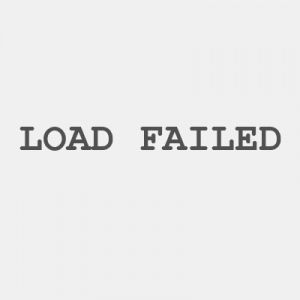Selection Method of Water Cooled Chiller or Air Cooled Chiller
Nowadays, the application of industrial water chiller has involved various industries, including petrochemical industry, plastic industry, electronic industry, vacuum coating and so on. However, when purchasing industrial water chillers, many enterprises are very tangled about whether to choose water-cooled chillers or air-cooled chillers. Here LNEYA introduces some differences between them to help us make better choices.

Firstly, the property principle of industrial water chiller is a multifunctional refrigeration equipment, which removes the liquid steam engine through compression or heat absorption refrigeration cycle. The type of water chiller can be divided into air-cooled chiller and water-cooled chiller according to different refrigeration forms of water chiller.
Our simple identification method in appearance is that the air-cooled chiller with fan installed on the top or side of the chiller. There is a water-cooled chiller with a water distribution tower. They differ in the way they dissipate heat. The air-cooled chiller uses its own installed fan and air exchange to dissipate heat. The water-cooled chiller needs auxiliary equipment cooling tower or water pump to dissipate heat. The air-cooled chiller does not need a cooling tower. It is simple to install and easy to move. It is suitable for occasions with less water source. However, because the air-cooled chiller dissipates heat by fan, it has high requirements for ventilation, humidity, temperature and other surrounding environment. The water-cooled chiller runs more stably, has less cooling loss, is easy to return oil, and the heat transfer pipe is not easy to freeze crack, which is more effective than air-cooled water. However, the water-cooled chiller covers a wide area and its price is higher than that of air-cooled chiller. Therefore, when selecting the chiller, we must consider the objective environmental factors, select the appropriate type, and then select the appropriate chiller according to the refrigerating capacity.
Verwandte Empfehlungen
-
Wie lässt sich das Alarmsignal der Kühlgeräte des Batteriemoduls beheben?
1647The battery module refrigeration and heating machine is mainly in the fields of electronics, metal, aviation, automobile, scientific research, etc. So how to solve the problem when the equipment sends out an alarm signal? The circulation system of...
Details anzeigen -
LNEYA stellt auf der Achema 2018 aus
1196Die LNEYA Gruppe nimmt an der ACHEMA - Weltforum und Leitmesse für die Prozessindustrie in Frankfurt am Main teil und ist vom 11. bis 15. Juni 2018 an unserem Stand zu finden (detaillierte Informationen folgen),
Details anzeigen -
[Invited to visit] CPHI CHINA 2019, Wuxi Guanya W5P22 booth is looking forward to your arrival!
1900On June 18-20, 2019, the 19th World Pharmaceutical Raw Materials China Exhibition - CPhI China 2019 will re-enter Shanghai New International Expo Center. CPhI China World Pharmaceutical Raw Materials China Exhibition is an international, high-qual...
Details anzeigen -
Common faults of plate heat exchangers in new energy vehicle inspection
2128The reason for the excessive pressure drop of the new energy vehicle detection is that the running system pipeline is not properly purged, especially in the newly installed system pipeline, many dirt (such as welding slag) enters the interior of t...
Details anzeigen
 LNEYA Industriekühler Hersteller Lieferant
LNEYA Industriekühler Hersteller Lieferant











![[Invited to visit] CPHI CHINA 2019, Wuxi Guanya... [Invited to visit] CPHI CHINA 2019, Wuxi Guanya...](https://www.lneya.com/wp-content/uploads/2023/05/20190612134416-300x144.jpg)


